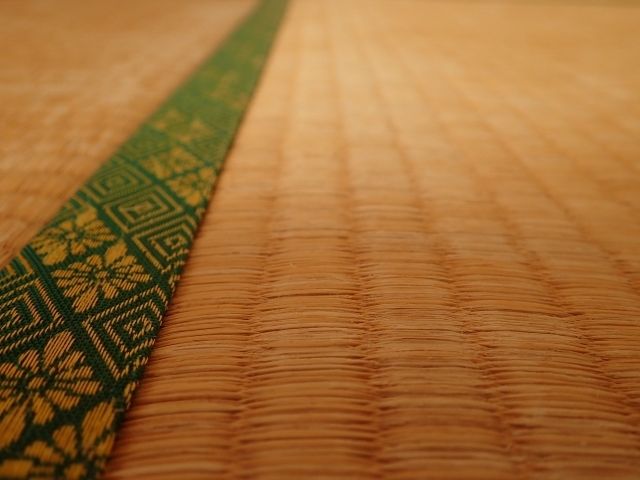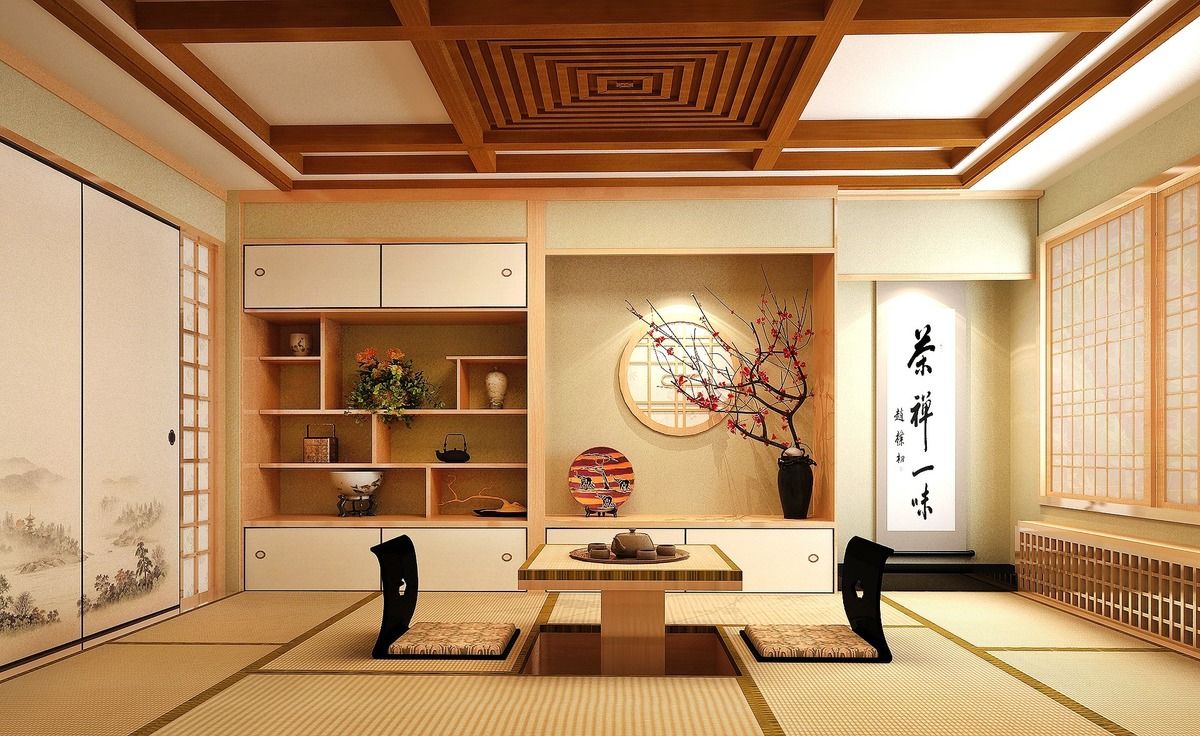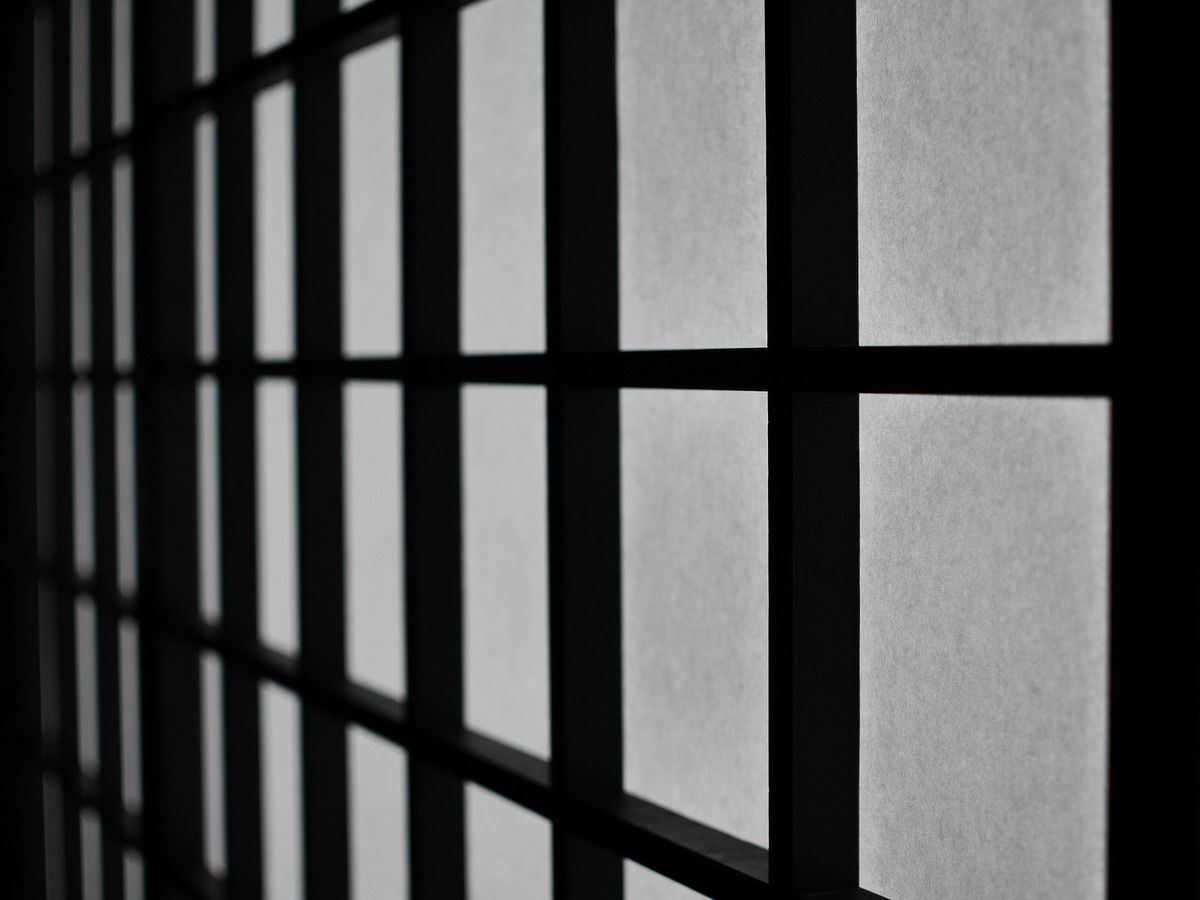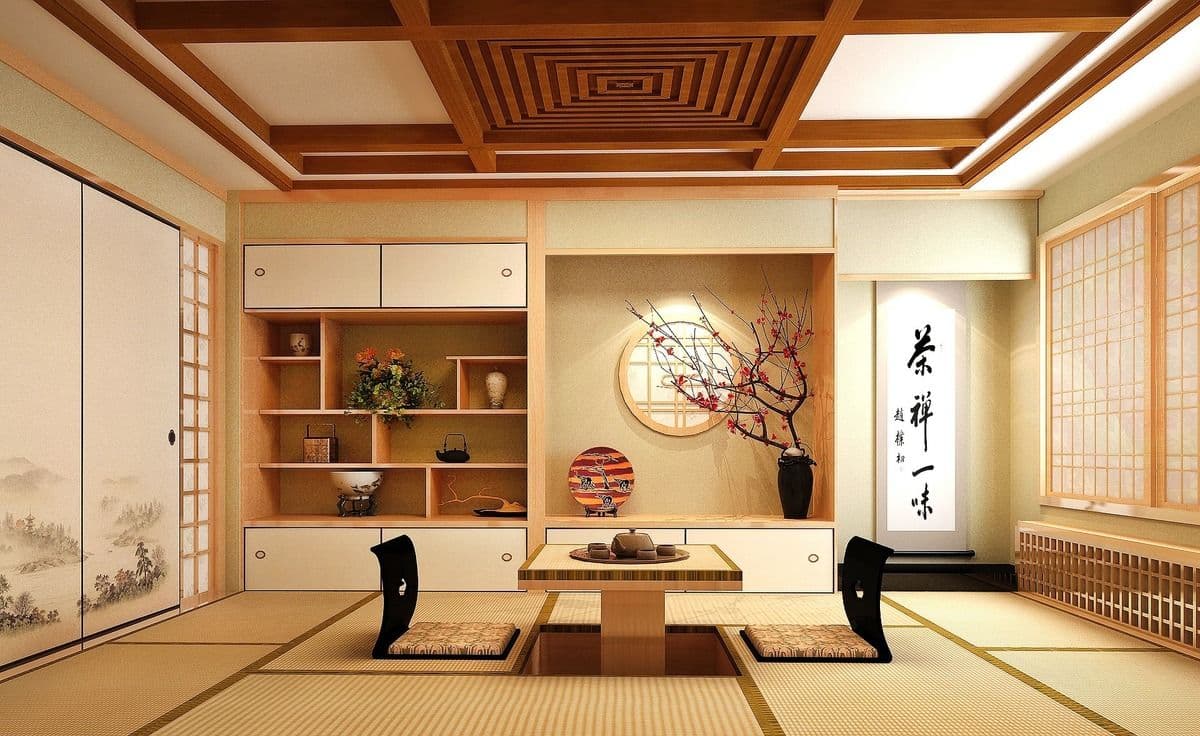
Traditional Japanese-style homes are often popular with many foreigners and visitors, as they offer a unique experience for users. Due to the popularity with visitors, these traditional-style homes are often an attractive investment.

Traditional Japanese homes use tatami flooring paired with sliding doors and semi-translucent window panes. The tatami mats are essentially thick mats woven from rice straw that provide cushioning for walking or sitting on.
Japanese floors are often heated underneath the tatami mats. The mats are comfortable to touch, as all forms of footwear, including slippers, are not worn in the presence of tatami mats.

Furniture in traditional Japanese houses include short tables and cushions instead of the usual table and chair ensemble.
A kotatsu is a type of heated low table used in the colder months. They are wooden low tables with a built-in electric heater. The tables are covered with a heavy blanket on all sides, with the actual table sitting on top of the blanket.
Often in traditional Japanese houses, bedding is stored inside sliding doors until use. Instead of heavy metal bed frames and mattresses, a light futon is used instead. Futons are a thin, light mattress laid atop tatami mats and can be easily stored when not in use.

Windows and door panels are traditionally done by covering a wooden frame with paper, allowing natural sunlight to peek through during the day. Nowadays, more modern approaches often use thicker material such as semi-translucent glass to provide longevity of the panels.
When seeking for property in Japan, many may consider the option of traditional Japanese-style homes for a one-of-a-kind experience. These homes are simple to furnish, and the minimal design will allow for users to maximize space.







